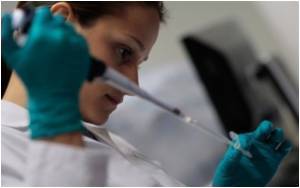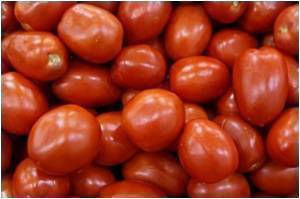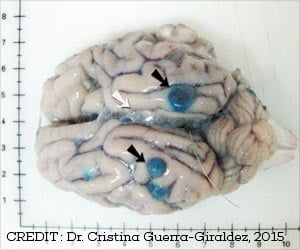A new Capsicum annuum pepper germplasm having high capsinoid content has been released by researchers

Pungent capsaicinoids--the compounds found in the capsicum family of plants that give them their signature heat--have many benefits. Unfortunately, their use as ingredients in foods and pharmaceuticals has been limited by the very characteristic that makes them popular as a spice--their pungency. Non-pungent capsinoids, analogs of capsaicinoids, were first isolated from a sweet pepper cultivar. Capsinoids offer similar types of biological activity as capsaicinoids without the pungency, and are known to provide antioxidant activity, enhance adrenal function, promote metabolism, and suppress body fat accumulation.
The scientists began the breeding process in 2005 by screening 120 Capsicum annuum cultivars for the occurrence of capsinoids. Further selections eventually resulted in a single plant bearing immature fruit that contained greater than 1000 ug·g FW capsinoids with no detectable capsaicinoids. Seeds harvested from this plant were subsequently designated as 509-45-1.
Small quantities of seed of 509-45-1 are available for research purposes from Dr. Jarret. Genetic material of the release has been deposited in the National Plant Germplasm System, and is available for research purposes, including the development and commercialization of new varieties/cultivars. The researchers request appropriate recognition if 509-45-1 contributes to research, to production of capsinoids, or to development of breeding lines or cultivars.
Source-Eurekalert










